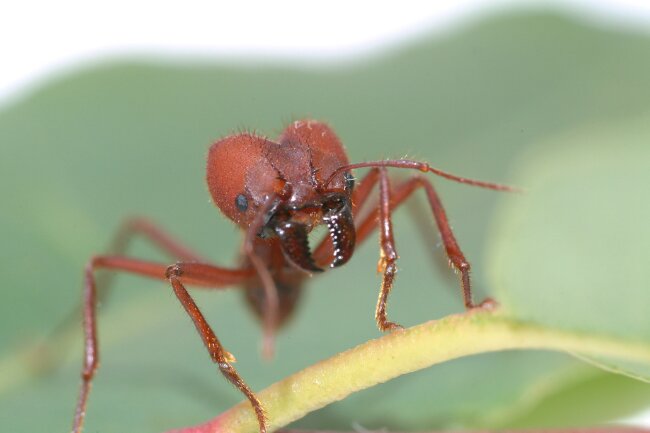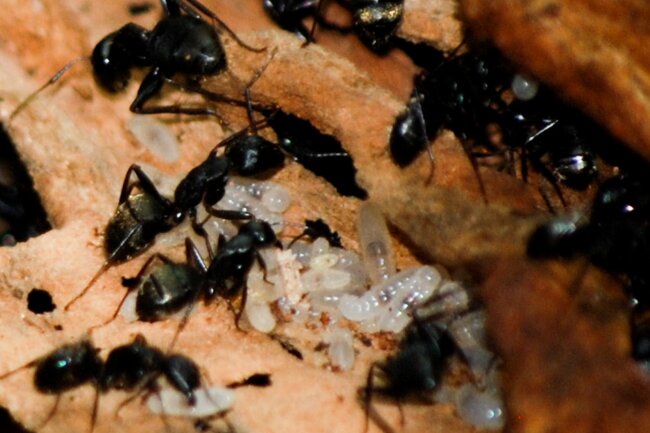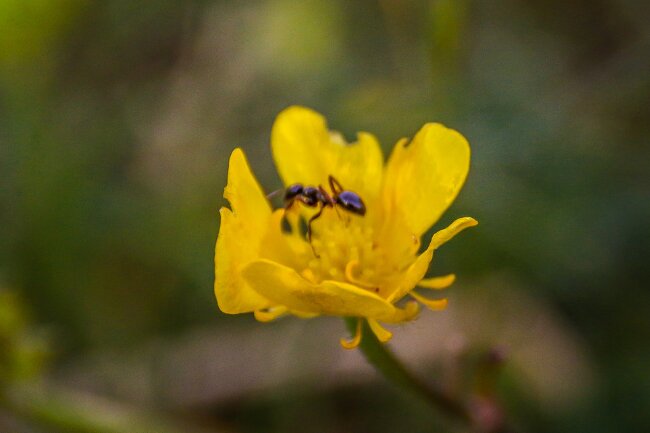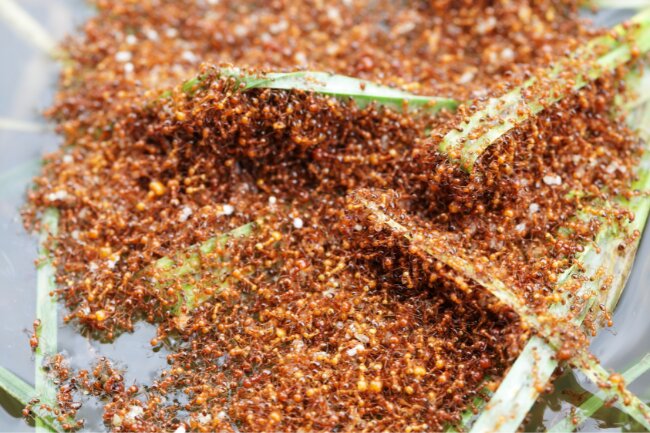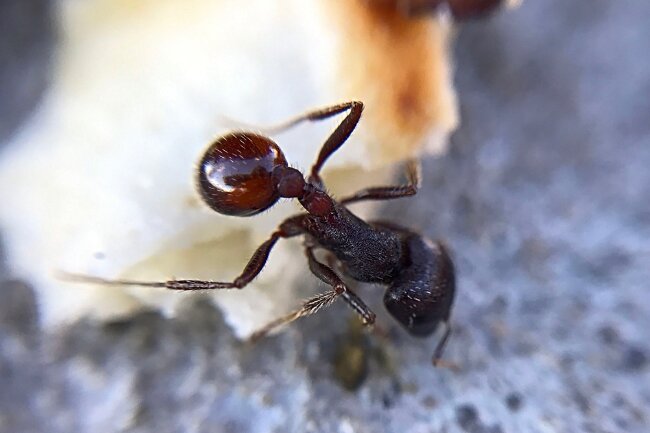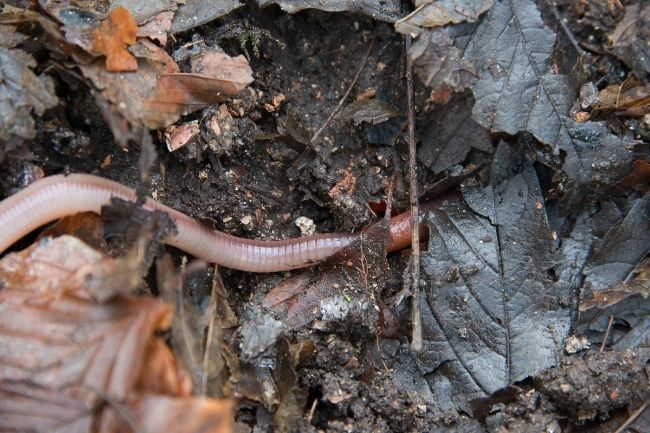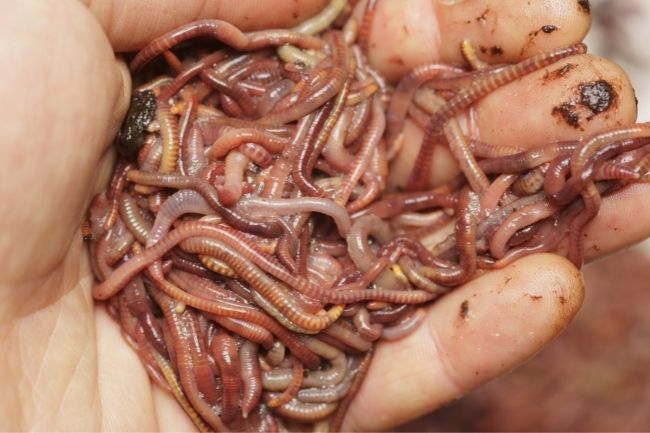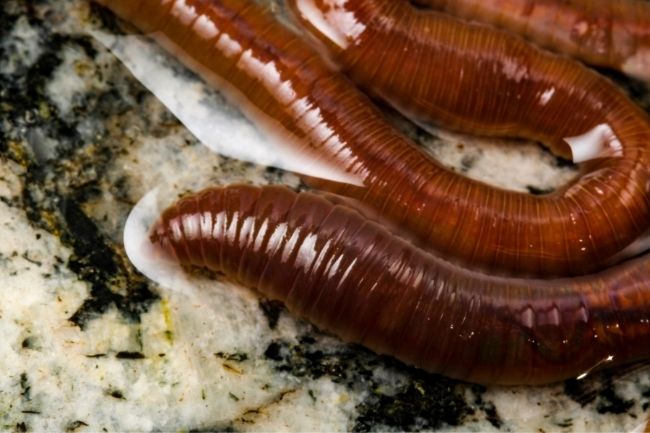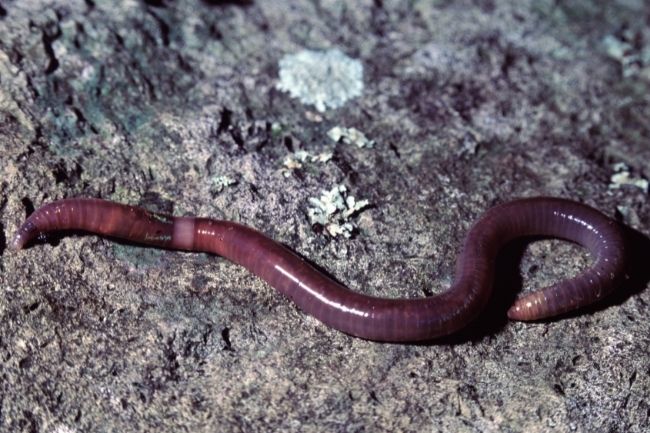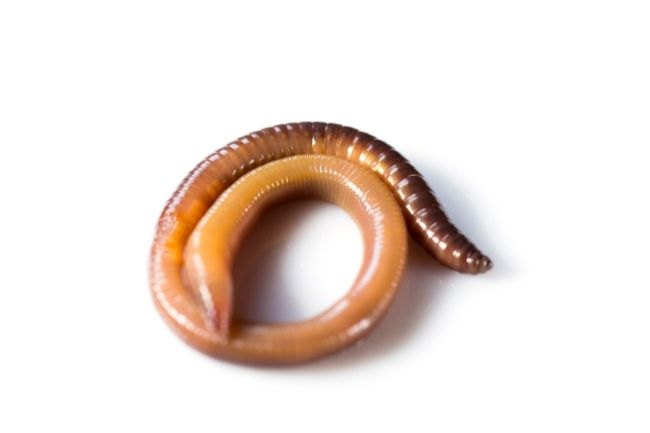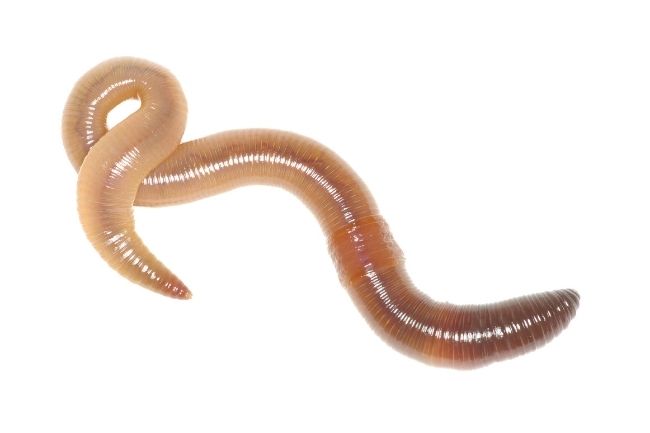This is often the habitat of moles, earthworms, ants, and other animals, that enjoy living in this wet and very nutritious-rich layer.
More About Ants
More About Earthworms
Common Questions
What types of animals live in the top layer of soil?
In the top layer of soil, commonly known as the topsoil, you can find a variety of animals such as earthworms, millipedes, springtails, ants, beetles, mites, and many insect larvae. These organisms contribute to soil fertility and decomposition processes.
How do earthworms contribute to soil health in the topsoil layer?
Earthworms are important soil engineers. They burrow through the soil, creating tunnels that enhance soil aeration, drainage, and nutrient cycling. Their castings (feces) enrich the topsoil with organic matter and nutrients, improving its fertility.
Are there any insects or arthropods that inhabit the middle layer of soil?
While the middle layer of soil, known as the subsoil, may have fewer animals compared to the topsoil, certain insects and arthropods can still be found. Examples include certain beetle species, centipedes, and some root-feeding grubs.
What role do burrowing animals play in the subsoil layer?
Burrowing animals like moles, gophers, and certain rodents create tunnels and burrows in the subsoil layer. These activities can improve soil aeration, facilitate water infiltration, and contribute to nutrient mixing.
Are there any specific animals that live in the bottom layer of soil?
The bottom layer of soil, also known as the bedrock, typically lacks animals due to its hardness and lack of organic matter. However, some small invertebrates like mites and springtails may still inhabit crevices and cracks in the bedrock.
How do soil-dwelling organisms interact with the soil layers?
Soil-dwelling organisms interact with the soil layers in various ways. They help decompose organic matter, cycle nutrients, improve soil structure, aerate the soil, and contribute to the overall health and fertility of the soil.
What are the benefits of soil organisms for nutrient cycling in different soil layers?
Soil organisms play a crucial role in nutrient cycling within different soil layers. They break down organic matter into simpler forms, releasing nutrients that are then available for plant uptake. This process helps maintain nutrient balance and availability in the soil.
How do soil-dwelling animals contribute to soil aeration and drainage?
Soil-dwelling animals, particularly burrowers like earthworms and burrowing insects, create channels and tunnels in the soil. These tunnels enhance soil aeration, allowing oxygen to reach plant roots, and improve soil drainage by facilitating the movement of water through the soil profile.
Are there any specific adaptations of animals for living in different soil layers?
Yes, many soil-dwelling animals have adaptations that allow them to thrive in different soil layers. For example, earthworms have specialized bristles for burrowing, while springtails have unique appendages that help them navigate through soil particles.
How do changes in soil layers impact the habitat and survival of soil-dwelling animals?
Changes in soil layers, such as alterations in moisture levels, compaction, or erosion, can impact the habitat and survival of soil-dwelling animals. Some species may be more resilient and adapt to changes, while others may face challenges or decline in population.

